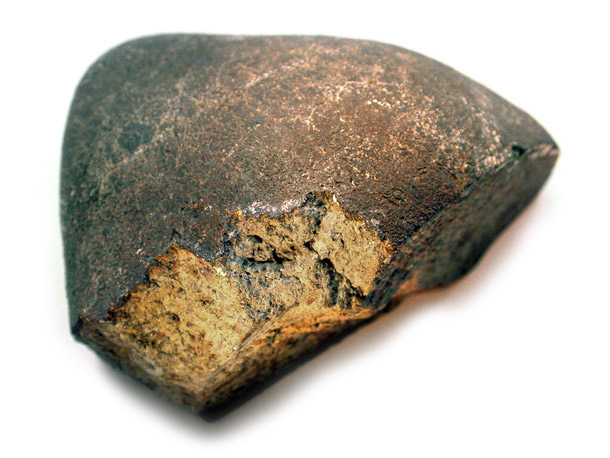introduction
DPP Observatory is a private observatory, located in Lesve (Belgium), a small village close to Namur. Astronomy has been a hobby for over 25 years. Since 2003, I became more involved in Variable star observation. To operate a CCD camera, I decided to build a small observatory in the backyard. The fiberglass observatory dome "Home-Dome" is seated on brick and wood structure.
LesveDome
A custom software was designed to control the dome rotation. Now this software, named LesveDomeNet,
is released as a shareware. LesveDomeNet
is an cheap DIY solution to slave the dome to the telescope. It is currently used by more than 280 users
all over the world. LesveDomeNet can be also used to operate a Roll Off Roof (ROR)
LesvePhotometry
I also written LesvePhotometry and PeriodicVSOplanner to help Variable Star Observers.
LesvePhotometry is an automatic photometry software very useful for time-series reduction.
LesvePhotometry versions from (V 1.2.0.41) retrieve UCAC4 catalog information.
affiliations
AAVSO
American Association of Variable Star Observers
CBA
Center for Backyard Astrophysics
SAS
Society For Astronomical Sciences
ACA
Astronomie Centre Ardenne (Belgian local club)
Lesve meteorite

It is in a Lesve orchad the last meteorite fell in Belgium on April 12th,1896 and failed to kill the son of owner. Meteorite was a chondrite with olivine and weighting 2 kg. This fragment of the meteorite is part of The Royal Belgian Institute of Natural Sciences collection.